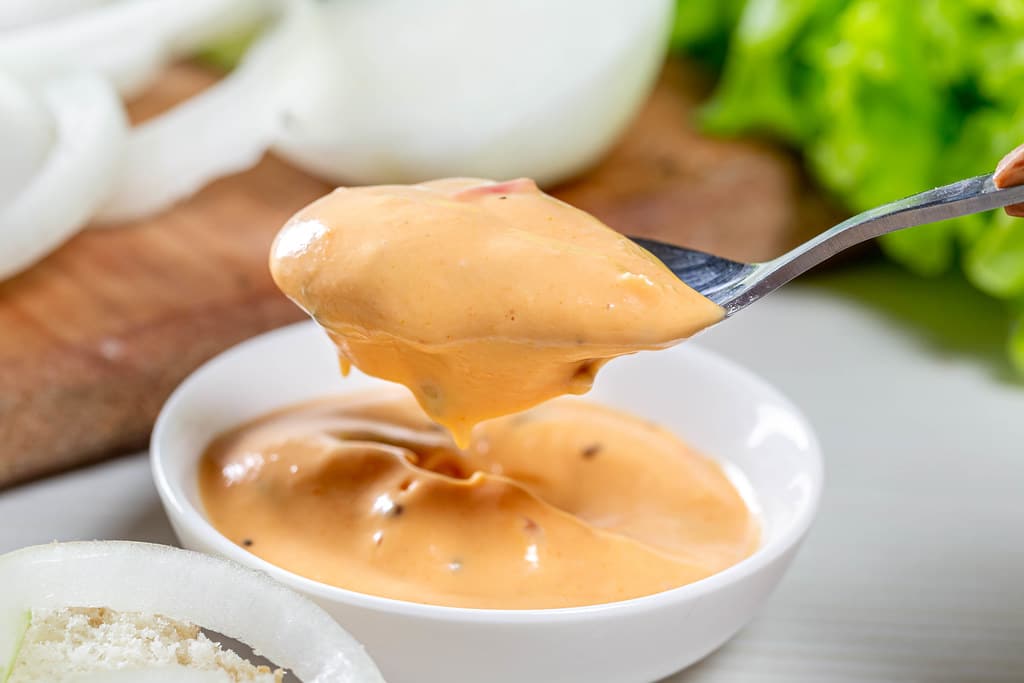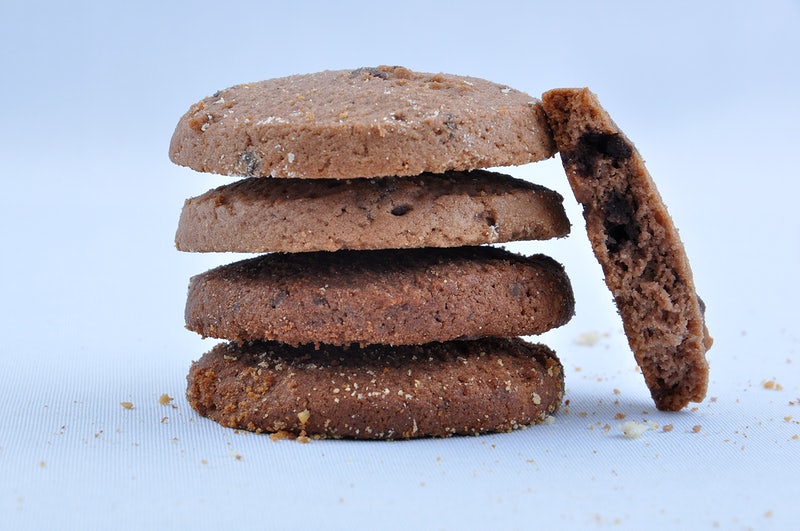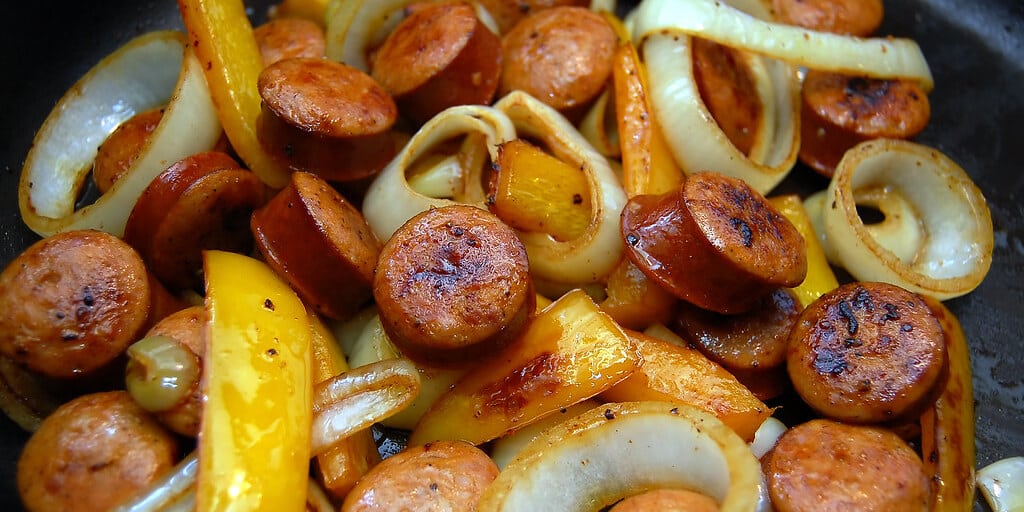Opening an avocado feels like digging for treasure, but sometimes it hides a mushy brown mess inside. The outside looks bright and smooth, yet cutting it open can be a big bummer, like opening a comic book only to find torn pages. People love avocados for their healthy fats and good stuff inside, but picking a great one can seem like cracking a code. Over 50 million tons of avocados get eaten every year all over the world, making them a top treat for food fans. Want your next avocado to be creamy, perfect, and tasty? There’s a simple trick that turns every slice into a winner. Keep reading to learn how to always land the best avocado and never waste a bite.
We’ve all been there, so knowing how to tell if an avocado is bad can help you avoid such disappointing experiences.
You can tell if an avocado is bad by checking its external and internal appearances, touching, smelling, or tasting it.
If it yields to pressure, leaves marks, has mushy spots, mold, and the flesh is soft, it’s bad.
Since avocados are healthy additions to your meals and recipes, getting bad ones can be a disappointment.
In this article, you’ll learn all the key indicators that tell if an avocado is going bad.
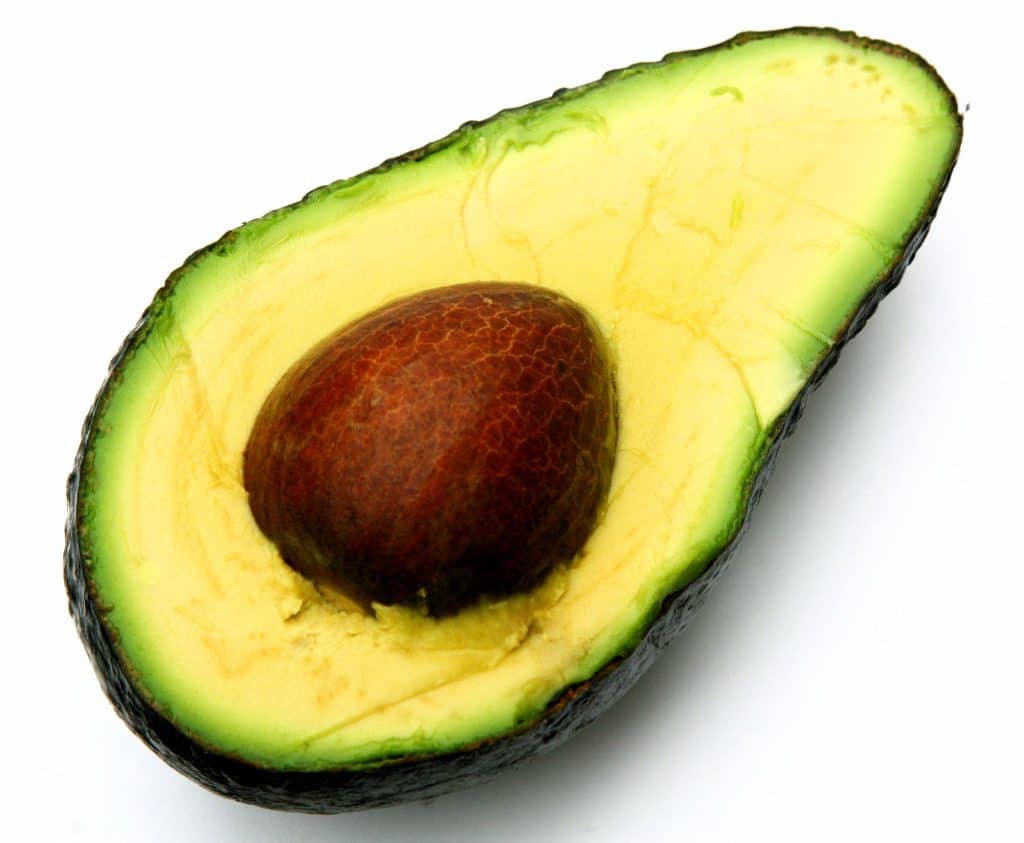
Ways to tell that an avocado is bad
Knowing how to tell if an avocado is bad can save you from culinary disasters.
There are many ways to do this, and let’s look at them in detail below.
While some are easy to tell with external appearance, others require that you cut the fruit open.
Observe the stem
Sometimes avocados come still attached to a small part of the stem.
This helps in preventing the entry of bacteria and fungi into the fruit.
You can tell that an avocado is bad by checking the color of the area underneath the stem.
The avocado is unsuitable for consumption if the area is brown or dark.
If you find that the avocado has no stem attached, observe the color of the part that attaches to its stem.
The avocado is bad if the area is dark, brown, or has spots.
A healthy and ripe avocado has a stem that pulls out quickly and is green underneath.
Check its skin
You can tell an avocado is bad by touching and observing its skin.
A good and ripe avocado should be firm when touched, and its skin should slightly respond to a squeeze.
If it’s too soft and yields to slight pressure, it’s bad.
Another telltale sign of a bad avocado is dented skin and colored patches.
A healthy avocado has a uniform color, with no dents or patches.
Most avocados change their skin color as they continue to ripen.
Hass avocados, for instance, turn dark green or brown when ripe.
If the color changes from dark brown or brown to black, it’s a sure sign that the avocado is bad.
It’s important to note that some avocados like Zutano and Fuerte remain green even when ripe.
For these types, it’s challenging to tell if they’re bad by observing the skin color change.
A good avocado has a bumpy, plump skin appearance.
The avocado is bad if it appears withered, dry, or shriveled up.
Observe and feel the flesh
The best way to tell that an avocado is bad is by cutting it open and observing its flesh.
A healthy avocado has a fresh green or dark green color.
The avocado is bad if the flesh is brown, grey, black, or contains dark spots.
Another way is to feel the flesh’s texture.
A good avocado should have a soft, creamy, and consistent texture.
However, if the flesh has a stringy texture.
Smell and taste
Ripe and healthy avocados have natural, nutty flavor and taste.
As they overripe and turn bad, the odor and taste change.
If an avocado tastes or smells sour, it’s indicative of chemical spoilage.
This happens when chemicals or oxygen come in contact with the flesh, thus breaking down and damaging its unsaturated fats.
If an avocado emits a pungent odor when cut open, it’s a telltale sign that it’s bad.
Sometimes you’ll find that avocado has a bad smell even when it’s closed, and that’s a sign of rotten fruit.
Check for mold
Mold on avocados can appear internally and externally.
It’s fuzzy and looks grey or white.
When you notice such an appearance, don’t sniff the avocado to avoid inhaling mold spores that can cause breathing problems, especially if you have allergies.
Avoid avocados with mold on the outer surfaces.
The mold can penetrate through the skin to get inside the flesh and cause decay.
If the flesh has mold, the avocado is bad.
Even though the mold is on a small area of the flesh, the fruit is not good because sometimes mold can spread and may not be visible.
Is brown avocado bad?
Most avocados have a brown exterior or interior.
For this reason, you may wonder, is brown avocado good for you?
Some brown avocados are bad, while others are good.
Most avocados’ skins turn brown when ripe, which doesn’t mean they’re bad.
If an avocado’s flesh is brown, it could mean it’s undergoing oxidation or bad.
Just because the inside of an avocado is brown doesn’t mean it’s bad.
Avocados contain the enzyme polyphenol oxidase, which turns the flesh brown when exposed to air.
Using a spoon, the best way to confirm if the brown interior is due to oxidation is by gently scraping the brown upper part of the flesh.
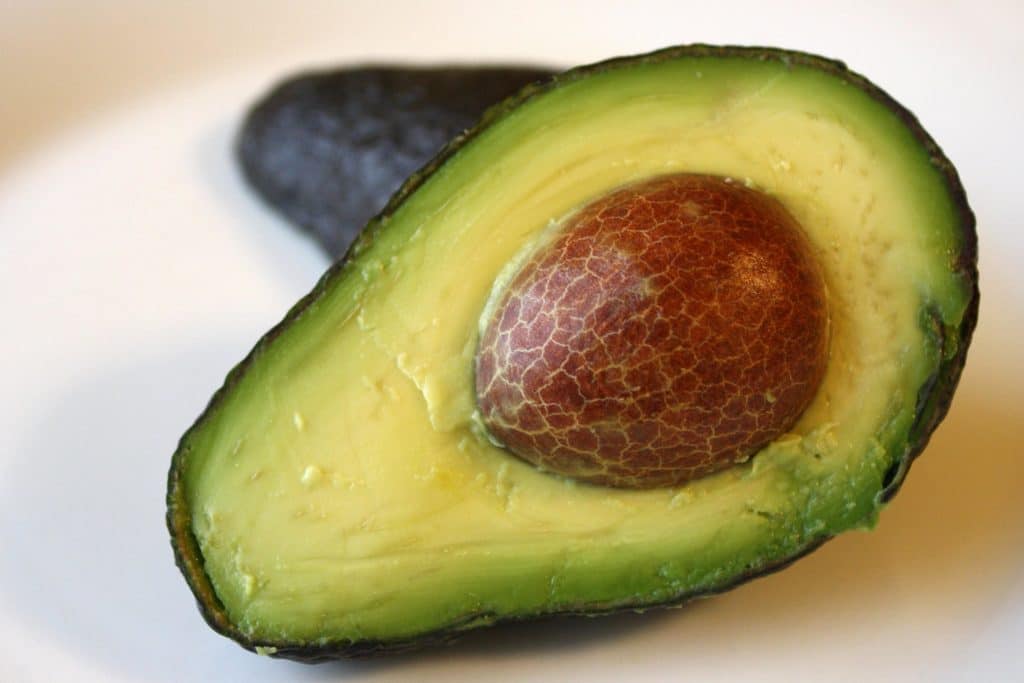
How to prevent avocados from turning brown
We all love our avocados in their green color, and it’s disappointing when they turn brown.
The color is unappealing, and the texture is soft due to oxygen-induced reactions.
You can avoid this by taking the measures discussed in detail below to help keep them green for longer.
Cover the flesh
Wrap any remaining avocado to prevent this flesh from coming into contact with oxygen.
Use plastic wrap, a zip-top bag, or an airtight container.
Use lime or lemon juice
Cut a lemon or lime, squeeze, and spread a layer of the juice on the top part of the avocado flesh.
Since lemon or lime juice is acidic, it stops the browning activity of polyphenol oxidase.
After applying the juice, store the avocado in an airtight jar in the refrigerator.
The cool temperature of the refrigerator helps to slow down polyphenol oxidase reactions.
Use olive oil
Brush the flesh with a mild-tasting olive oil.
The oil acts as a shield that prevents air from coming in contact with the exposed flesh.
After applying olive oil, store it in the refrigerator in an airtight container.
Use onions
Slice a red onion and put it inside an airtight container.
Put your avocado facing away from the onion to prevent taste transfer.
This helps prevent the avocado from turning brown through the vapor that onions emit.
How to store avocados to prevent them from turning bad?
The secret to keeping avocados fresh for longer is proper storage.
The storage method depends on the state of the avocado.
Let’s look at them in detail below.
Whole, ripe avocados
Put in an airtight container or ziplock bag and place inside a refrigerator for up to 5 days.
Use them soon enough while still in their optimal condition.
Ripe, cut avocados
Once you’ve cut an avocado, use it within 24 hours.
Cover in plastic wrap or put inside an airtight jar in the refrigerator to prevent air from coming in contact with the flesh.
Whole, unripe avocados
If the avocados are whole and unripe, store them on an open surface like your kitchen counter at room temperature.
Ensure that you check them frequently, lest they ripen without your knowledge.
Cut, unripe avocados
Store cut and unripe avocados in the refrigerator until ready to use.
Before storage, put them in an airtight container or cover them in plastic wrap after applying a layer of olive oil, like juice or lime.
FAQs
How long can an avocado last in the refrigerator?
An avocado can last from 24 hours to 7 days in the refrigerator, depending on its state before storage.
While a whole ripe avocado can last in the fridge for 5-7 days, a cut, ripe one lasts 24 hours.
Is an overripe avocado safe for consumption?
It’s safe to consume an overripe avocado, provided it has no indicators that it’s bad.
Such an avocado is best for making smoothies or recipes that don’t require perfect appearances.
Can you freeze avocados to prevent them from going bad?
You can store avocados in the freezer for up to 3 months to prevent them from going bad.
Wash, remove the skin, cut, mash, and put it inside a freezer bag or an airtight jar.
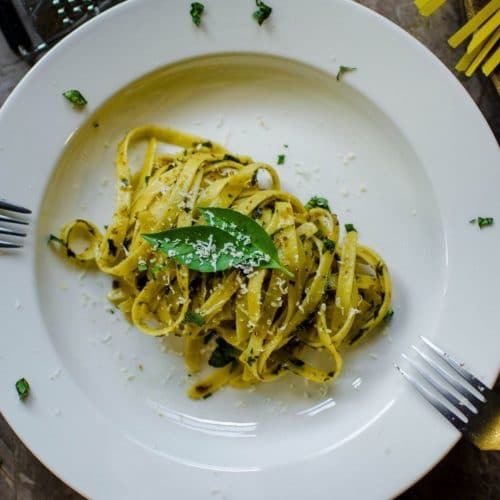
Basil Avocado Pasta
Ingredients
- 8 ounces pasta cooked al dente (follow package instructions)
- 2 avocados diced
- ¼ cup basil leaves thinly sliced
- 2 tablespoons lemon juice
- 2 tablespoons olive oil
- ⅓ cup parmesan shredded
- 3 slices bacon cooked and diced
- 1 cup cherry tomatoes quartered
- 1 teaspoon garlic powder
- salt and pepper to taste
Instructions
- Combine all ingredients in a large bowl.
- Toss to mix well.
- Chill until ready to serve, or serve immediately.
- Enjoy!
Video
Nutrition
Conclusion
Avocados are healthy additions to your meals, provided they are in a good state.
When using them to make recipes such as guacamole or fruit salads, they need to be in their fresh green color.
That’s why knowing how to tell if an avocado is bad is essential.
There are many ways to pinpoint a bad avocado, some of which involve external judgment and others need you to cut the fruit open.
Most people assume that the brown color in external and internal parts of avocado indicates that the fruit is rotten.
Sometimes it’s a telltale sign that the fruit is bad, but other times it’s due to oxidation, and the avocado is safe for consumption.
With the information above, you’ll know how to pick good avocados from bad ones.
- 25 Simple Lemon Dessert Recipes - January 2, 2026
- 25 Delicious Jalapeno Recipes - January 2, 2026
- 25 Homemade Sour Cream Recipes - January 2, 2026
